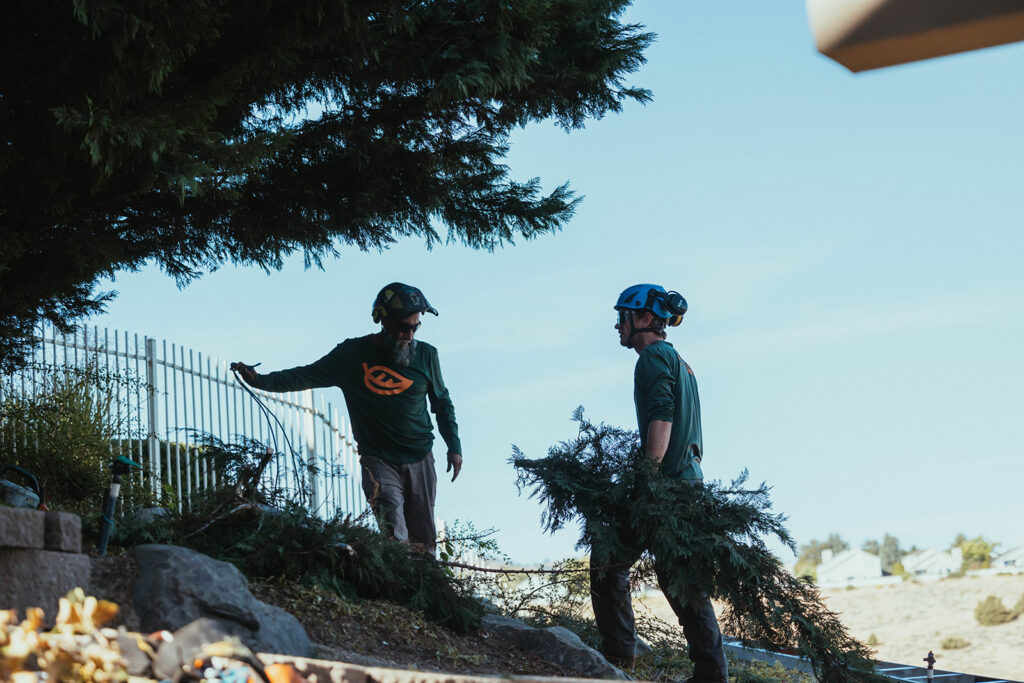
As the cold season approaches, trees face unique challenges that can impact their health and longevity. Protecting your trees during Winter is crucial for maintaining a vibrant landscape year-round. This guide will walk you through practical strategies to safeguard your trees against Winter’s harsh conditions.
Before diving into protection methods, it’s important to understand what trees are up against during Winter:
Proper Watering
Mulching: Mulch acts as a protective blanket for tree roots. Here’s how to do it right:
Pruning: Proper pruning can prevent winter damage:
Wrap Young Trees: Young trees with thin bark are susceptible to sun scald and frost cracks:
Protect Against Animals: Winter can drive animals to feed on tree bark. To prevent this:
Minimize Salt Exposure: De-icing salts can be harmful to trees:
Evergreens
Evergreens require special attention:
Fruit Trees
Fruit trees are often more sensitive to winter damage:
As spring approaches:
Following these guidelines can help ensure your trees survive and thrive through the winter months. Remember, each tree species has unique needs, so consult a local arborist, like Noah’s Park Tree Care, for personalized advice on winter tree care in your specific climate.